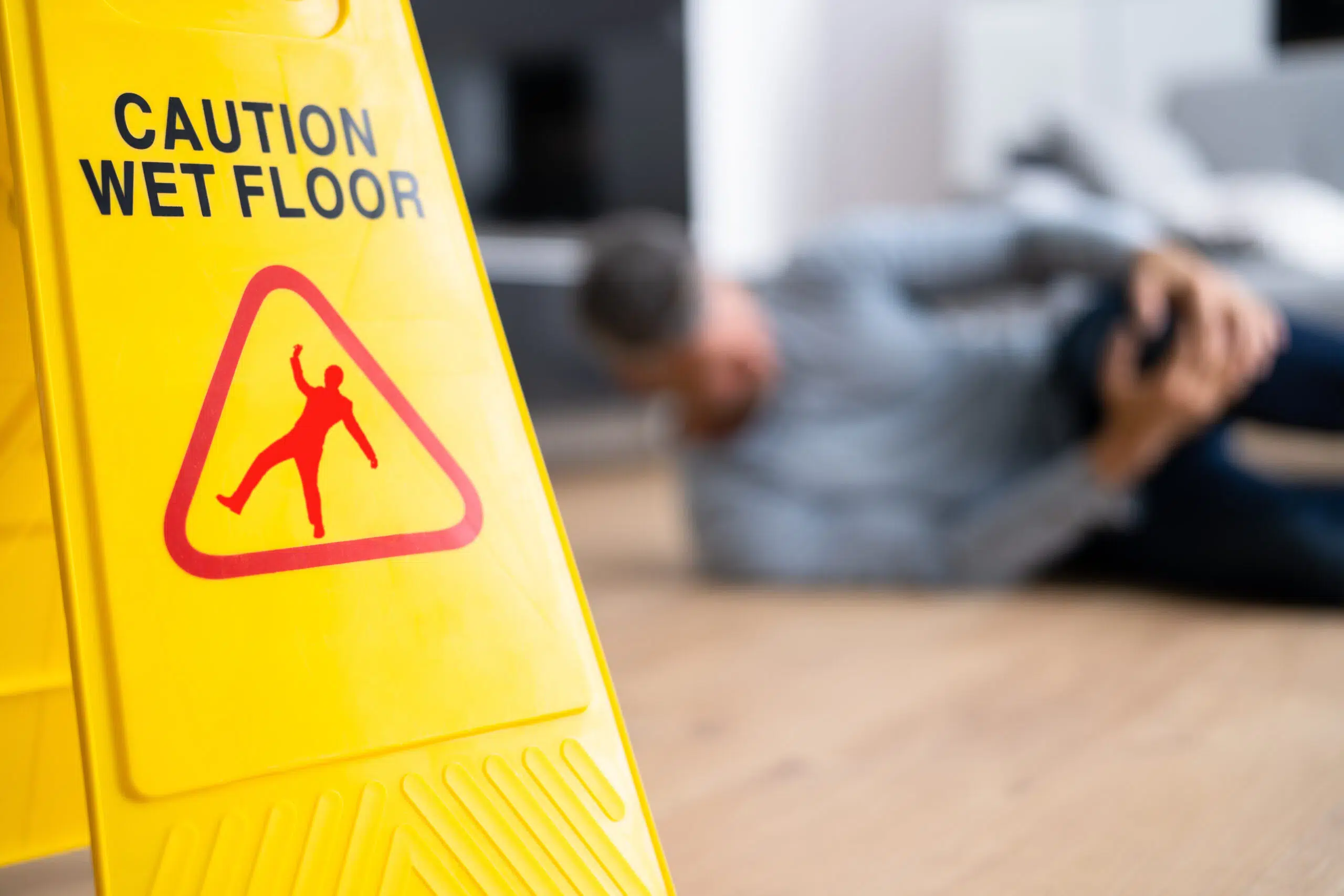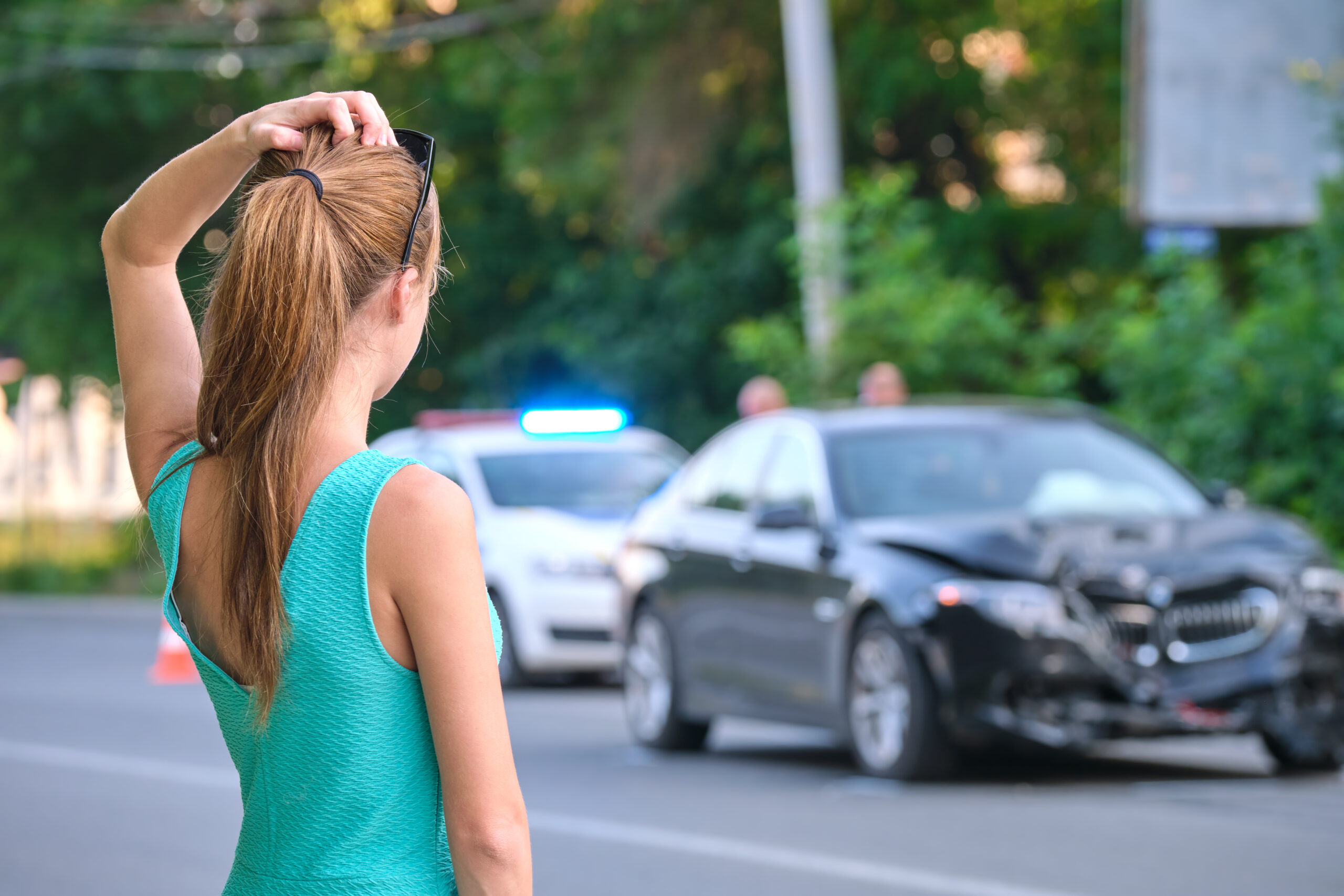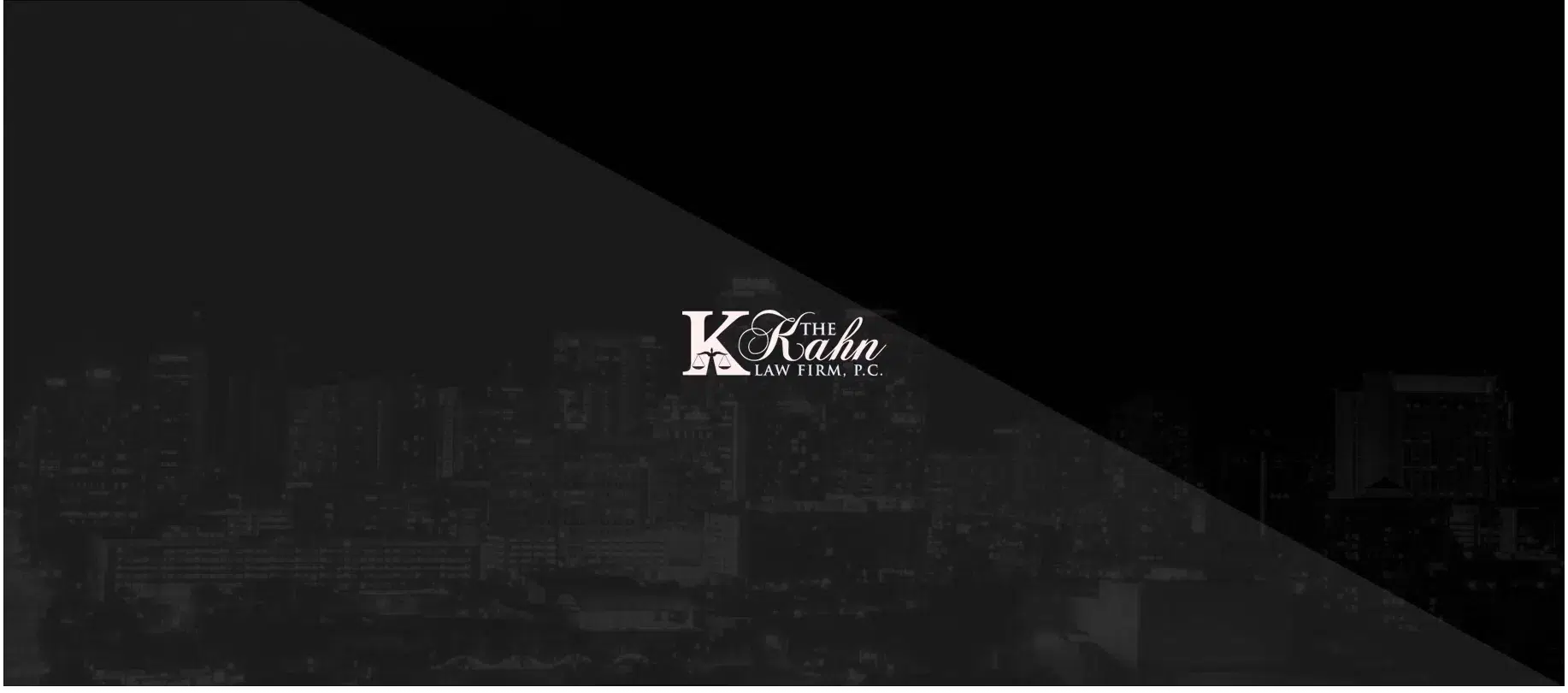What are Common Causes of Slip and Fall Accidents?
Slip and fall accidents can occur anywhere for a variety of reasons. They are typically the result of property owners who act in a careless manner that results in an accident. Examples of actions that contribute to slip and fall accidents include:
- Poor lighting
- Loose handrails, missing steps, and poorly maintained stairs
- Uneven surfaces
- Unmarked hazards and obstacles
- Poor maintenance
- Accumulation of snow and ice
- Water or other liquids left on the floor
What are Common Slip and Fall Injuries?
When a young, healthy individual falls, significant injury is usually avoided. However, when an older individual or person with other contributing health factors falls, the sustained injury can be extensive. Common injuries that occur with slip and fall cases include:
- Hip fractures
- Concussions and other traumatic brain injuries
- Back injuries
- Spinal cord injuries
- Neck injuries
- Broken bones or fractures
How is Liability Determined in a Slip and Fall Case?
According to the basics of premises liability laws, property owners have a legal obligation to guests, customers, and other visitors who come onto their property to maintain a reasonably safe environment. Most slip-and-fall cases rely on the following information:
- Did the property owner act carefully so that a slip or trip was unlikely to occur?
- Was the injured party acting carelessly by not seeing or avoiding the hazard responsible for the fall?
To hold a business or property owner responsible for injuries suffered following a slip and fall, one or more of the following situations must be true:
- The owner or employee must have caused or created the hazard.
- The owner or employee must have known of the hazard and failed to take reasonable steps to address the hazard or to limit the danger.
- The owner or employee should have known of the danger because any “reasonable” person who takes care of the property would have discovered and addressed the issue
Comparative Negligence
Texas recognizes the legal doctrine of comparative negligence that evaluates the injured party’s contribution to the accident. Under comparative negligence, the percentage of fault that is held by the injured party is the percentage that damages are reduced. For example, if a person is found to be 20% at fault for an accident and receives a judgment of $100,000, then they will receive $80,000. If a person is found to be 50% or more at fault, then they are barred from receiving any compensation. Examples of fault or shared fault that would be contributory negligence include:
- Accessing a part of the property where visitors are not allowed or expected to be
- Not paying attention when walking
- Wearing inappropriate footwear
- The condition was marked by cones or signage
- The dangerous conditions should have been obvious
How Does Visitor Status Affect Premises Liability Claims?
Property owners are only liable for accidents if they are aware of the danger and fail to take necessary and reasonable steps to address it. Texas state law requires property owners to take reasonable care to maintain the property for visitors. The level of care that is required depends on the visitor’s status on the property. There are three designations for visitor status:
- Invitee: An invitee is a person who has been permitted to enter the property. Property owners who know about a dangerous situation on the property and do nothing to repair it or warn others about it can be held responsible for any injuries that result from their negligence.
- Licensees: This group of visitors has the landowner’s express or implicit permission to be on the property. The landowner owes licensees a lesser obligation of responsibility to warn of harmful situations if the licensee is unlikely to discover them.
- Trespassers: Trespassers are individuals who are on an owner’s property without permission. Owners have no responsibility to trespassers other than not intentionally injuring them.
Attractive Nuisance
An attractive nuisance is any potentially dangerous condition or object on a person’s property that may attract and pose a danger to children. Examples of attractive nuisances include swimming pools, trampolines, or abandoned structures.
Property owners have a legal responsibility to take reasonable steps to prevent children from accessing these potential dangers in an effort to avoid accidents and injuries. Failing to secure these features could result in a liability claim if a child is harmed, even if the injury is a result of the child trespassing.
How is Negligence Proven in a Slip and Fall Case?
Evidence and other proof of negligence in a slip-and-fall case can be hard to obtain. To determine a property owner’s “reasonable” action in addressing slip hazards, the law focuses on regular efforts to maintain a safe and clean property. Negligence can be proven with the following evidence:
- Inspection records from the property
- Any safety violations issued to the property owner by local, city, or state officials
- Security camera footage of the accident
- Statements from eyewitnesses to the accident
- The shoes worn during the accident
- Medical records showing the received treatment following the accident
What Damages Can Be Recovered?
Recovered damages will vary depending on the specific circumstances of the case. Possible compensation includes:
- Medical expenses to date
- Future or ongoing medical expenses
- Lost wages
- Reduced earning capacity
- Pain and suffering
Do I Need an Attorney?
If you or a loved one has been injured in a slip and fall accident, then you have legal options available to receive the compensation you deserve. Call Kahn Law Firm, P.C. today at 713-999-6549 or fill out a contact form for a free consultation.




